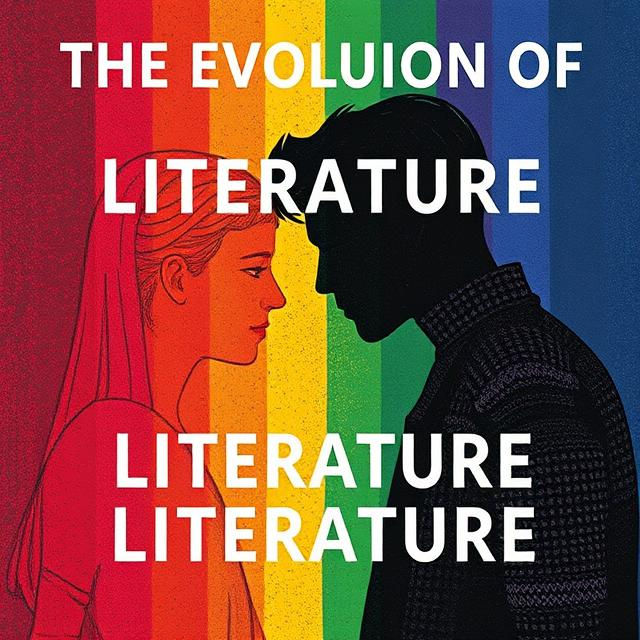THE EVOLUTION OF LGBTQ+ LITERATURE: FROM CLOSETED NARRATIVES TO QUEER VOICES
- DE MODE

- Jun 12
- 2 min read
ORIGINALLY PUBLISHED IN DE MODE
Article Published on: 12TH JUNE 2025 | www.demodemagazine.com
LGBTQ+ literature has undergone a powerful transformation over the decades, evolving from coded, hidden messages to bold, unapologetic expressions of queer identity. This journey reflects not only changes in literary style but also in society’s shifting attitudes toward gender and sexuality.
In the early 20th century, LGBTQ+ themes were often veiled or metaphorical, forced into secrecy by censorship and societal stigma. Writers like E.M. Forster and Radclyffe Hall used subtext to explore same-sex love, crafting stories that hinted at queer experiences without naming them outright. These “closeted narratives” offered rare glimpses into queer lives, often tinged with tragedy and isolation.

The post-Stonewall era marked a turning point. With the rise of gay rights activism in the 1970s and '80s, literature began to reflect the fight for visibility and liberation. Authors like James Baldwin, Audre Lorde, and Jeanette Winterson infused their work with personal truth, political urgency, and radical honesty, challenging norms and pushing boundaries.
In recent decades, queer literature has flourished across genres and cultures. Contemporary voices such as Ocean Vuong, Carmen Maria Machado, and André Aciman are crafting nuanced, intersectional stories that celebrate queer joy, love, resilience, and complexity. These narratives move beyond coming-out tropes, embracing the full spectrum of LGBTQ+ lives.
Importantly, the growth of LGBTQ+ literature has provided young readers with representation and validation. Queer authors are not just telling their stories—they’re reclaiming space, reshaping culture, and challenging mainstream narratives.
Today, LGBTQ+ literature stands as a testament to the power of storytelling as resistance, healing, and celebration. From whispered secrets to amplified voices, its evolution reflects the growing courage, pride, and diversity of the queer community—and its rightful place at the heart of literary history.



Comments